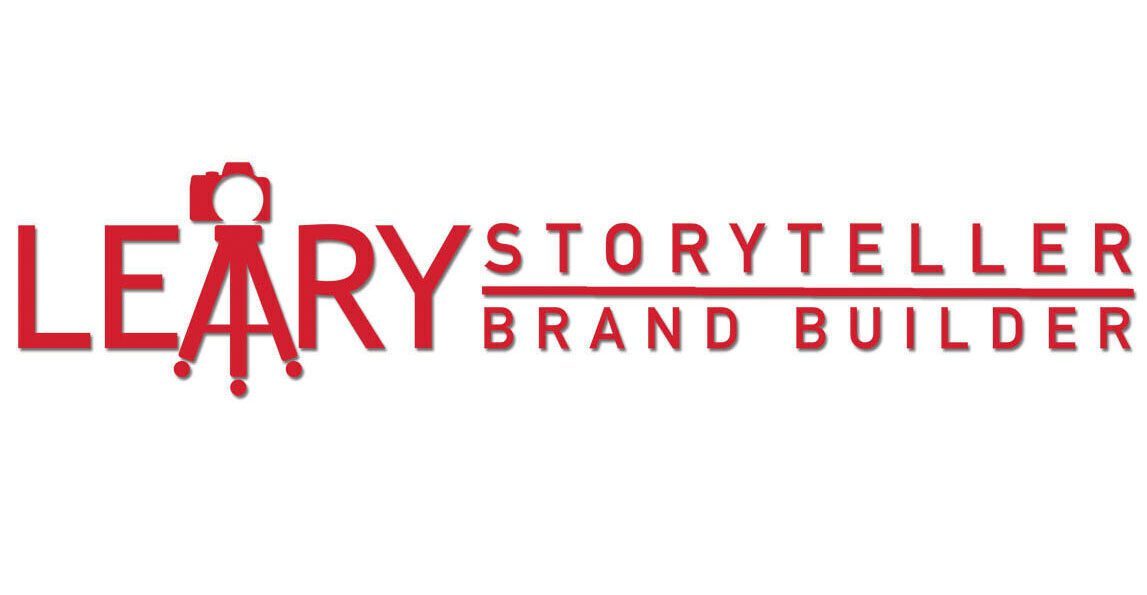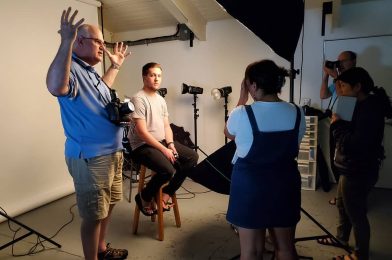Photo by Robin Rayne
In 2002, I left a full-time job to launch my freelance career as a visual storyteller.
I had a couple of cameras, a good amount of hope, and just enough naivety to think it might actually work out.
At the time, I didn’t know that most freelance businesses fail.
According to small business statistics, around 50% fail within 5 years, and only a small fraction survive beyond 20. The creative world — especially photography, video, and storytelling — is notoriously tough. And freelancing? That adds a whole new layer of uncertainty.
But somehow, 23 years later, I’m still here.
So, how did I beat the odds?
If I had to sum it up in one word, it would be adaptability.
The world I started freelancing in looked nothing like the one we’re in now:
- Digital cameras were just beginning to replace film.
- YouTube didn’t exist yet.
- Social media wasn’t part of any marketing plan.
- Clients mailed checks.
- And no one was asking about “vertical video” or “AI editing tools.”
Through all of that, I’ve continued to build Storyteller & Brand Builder Stanley Leary into something that has stayed relevant and effective for clients — not by doing everything, but by doing the right things at the right time.
Here are a few truths I’ve learned:
1. Clients don’t just hire services — they hire trust.
When clients trust that you understand their mission, care about their message, and will deliver — they come back. And better yet, they refer others.
2. You can’t afford to stop learning.
I’ve taken courses, learned new software, upgraded gear, and adjusted workflows more times than I can count. The moment I get too comfortable is the moment I start slipping behind.
3. Being a storyteller is more valuable than being a technician.
Lots of people can shoot video. Fewer can find the story, frame it in a meaningful way, and create emotional impact. That’s where real value — and longevity — lives.
4. You have to be more than “just a creative.”
I’ve taught workshops around the world, consulted with businesses on branding, coached young storytellers, and helped nonprofits raise support with visual messaging. Those things not only diversify income — they deepen the impact.
The Real Secret? Keep Showing Up.
There were slow months, canceled contracts, hard pivots, and seasons where I questioned whether this path was sustainable. But each time, I focused on what I could control: my skillset, my attitude, and my relationships.
This isn’t a story about getting lucky.
It’s about showing up consistently — for clients, for causes, for community.
If you’re a freelancer or creative trying to find your way, let me encourage you:
Longevity isn’t built in a sprint. It’s earned over time — one project, one pivot, one person at a time.
Thanks for reading. And thank you to every client, student, colleague, and friend who’s helped make this 23-year journey possible.
Let’s keep telling stories that matter.


